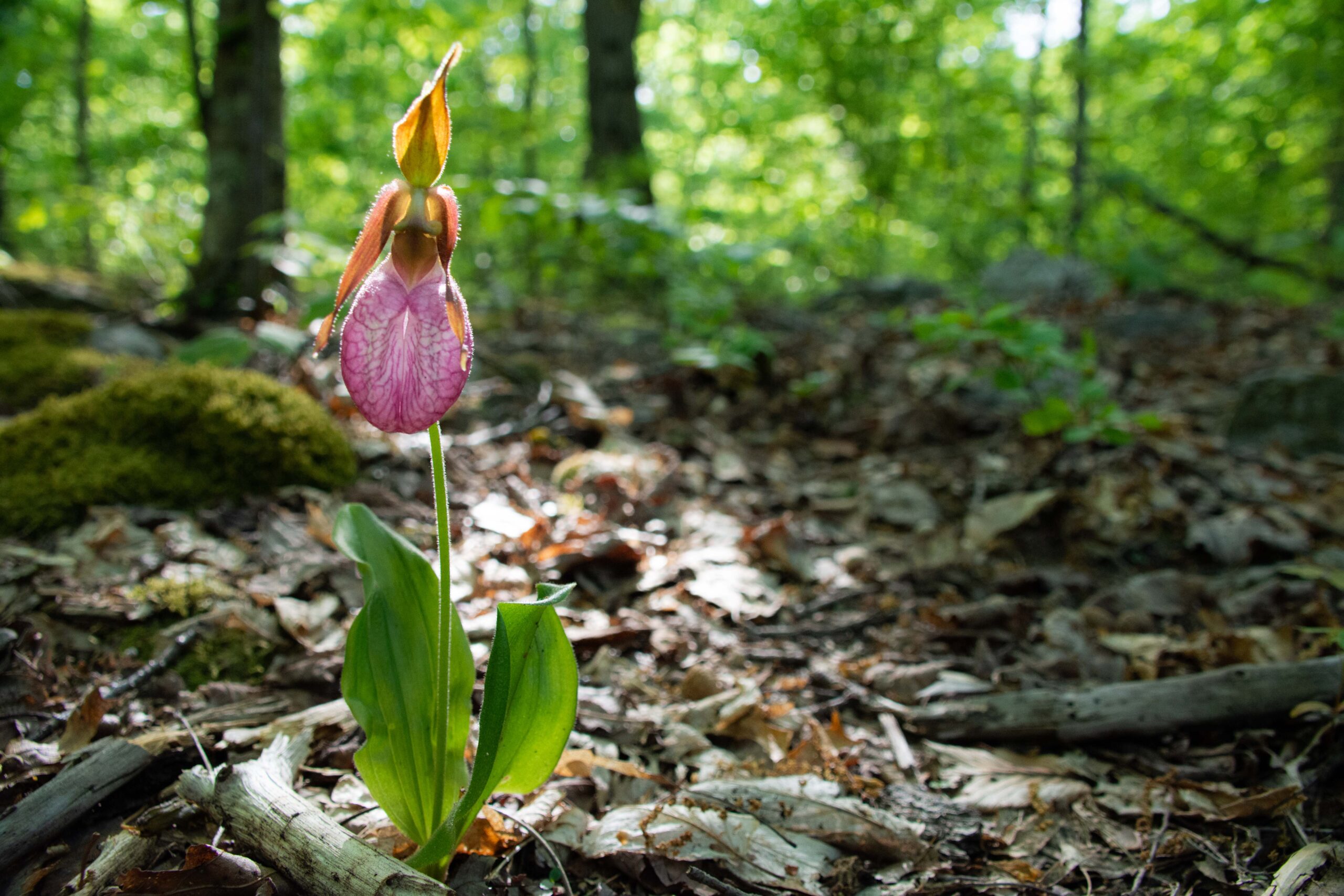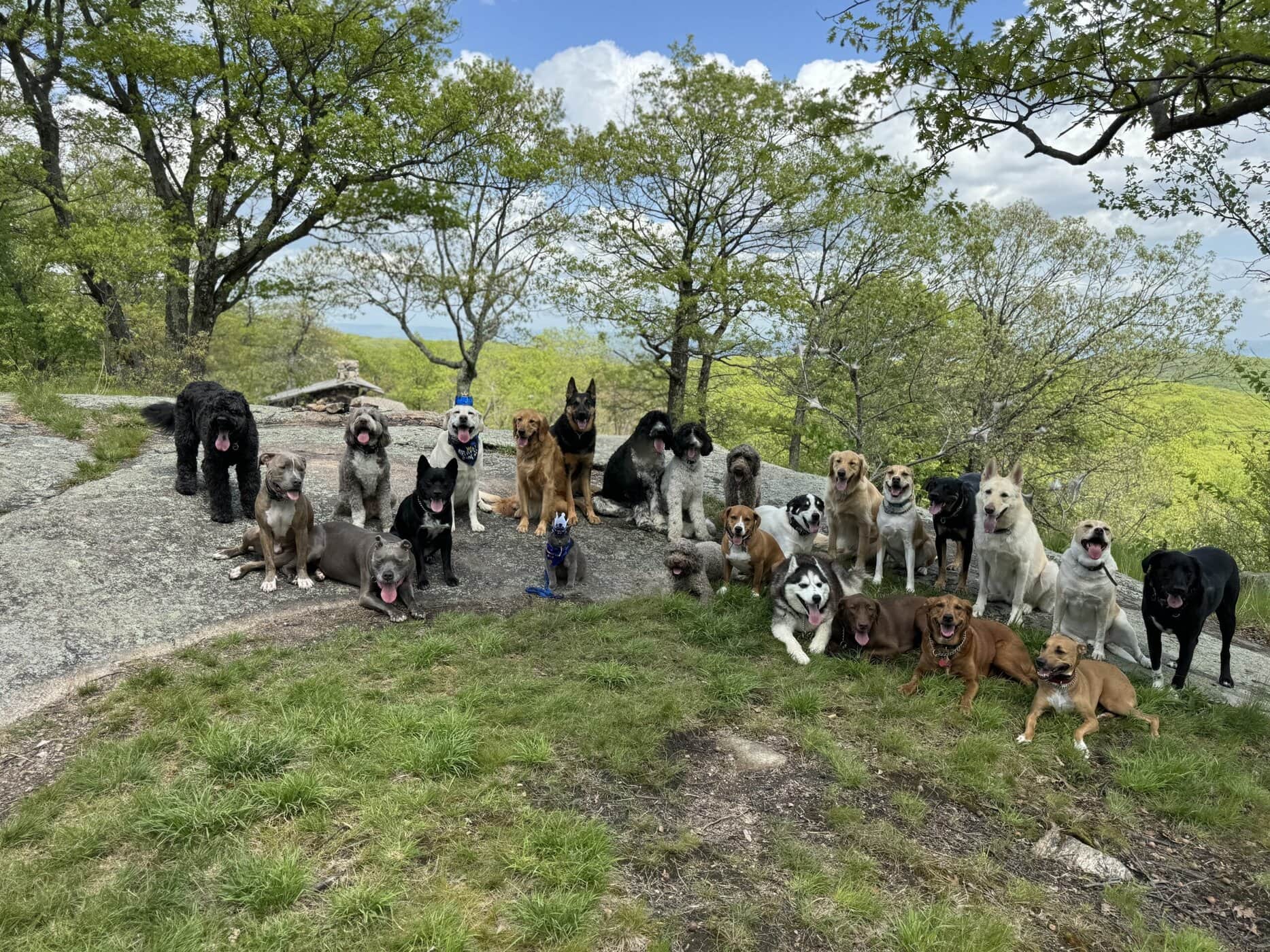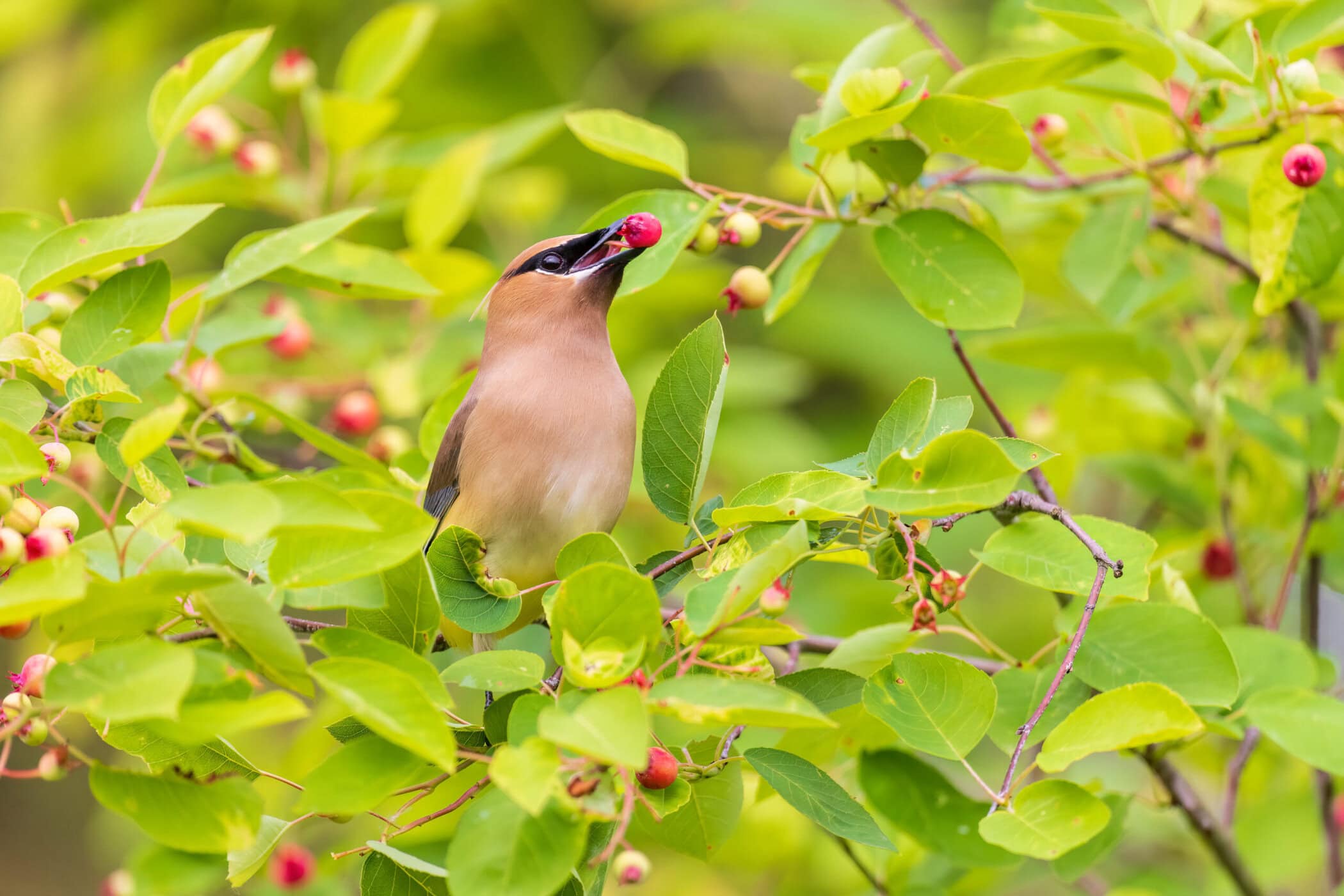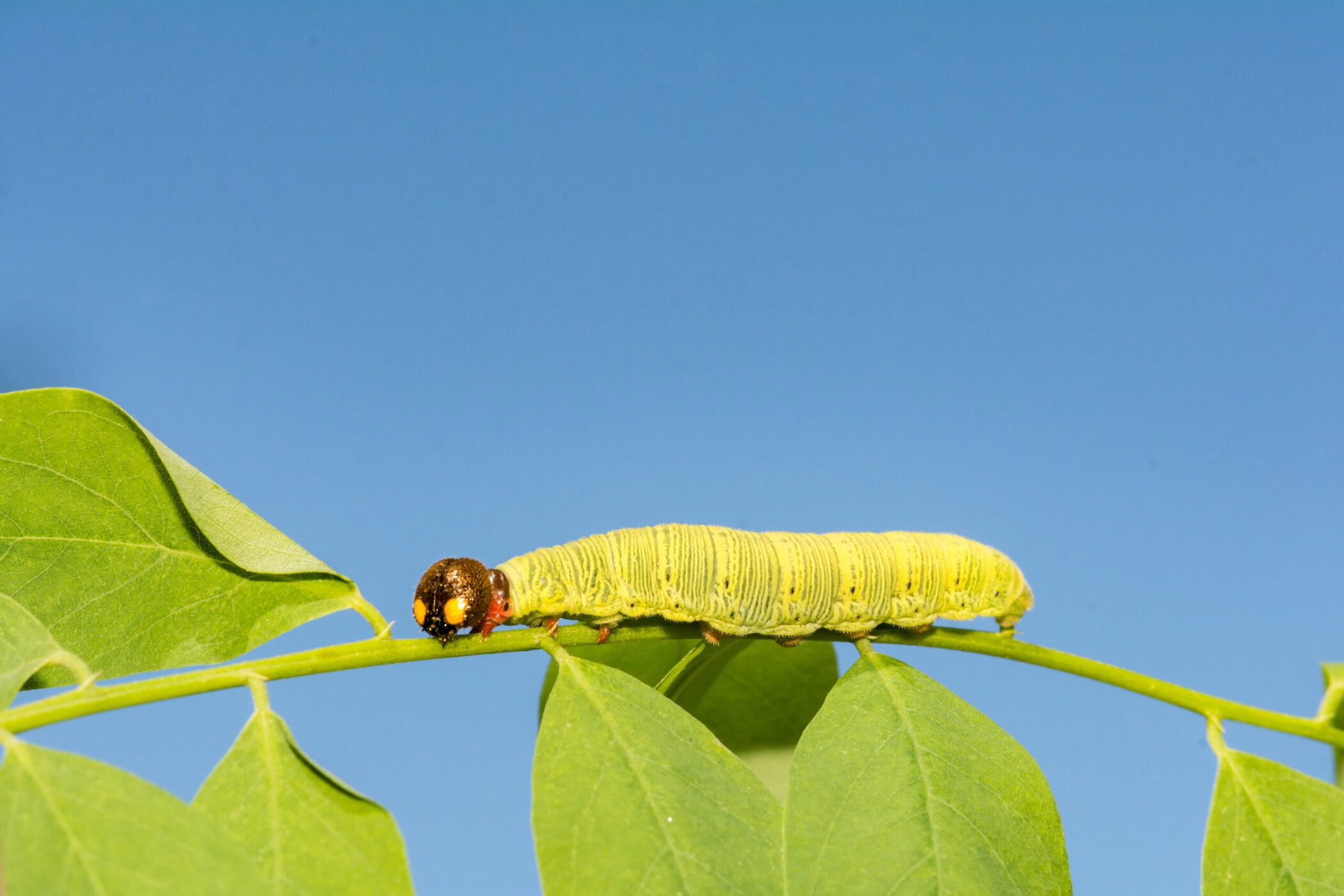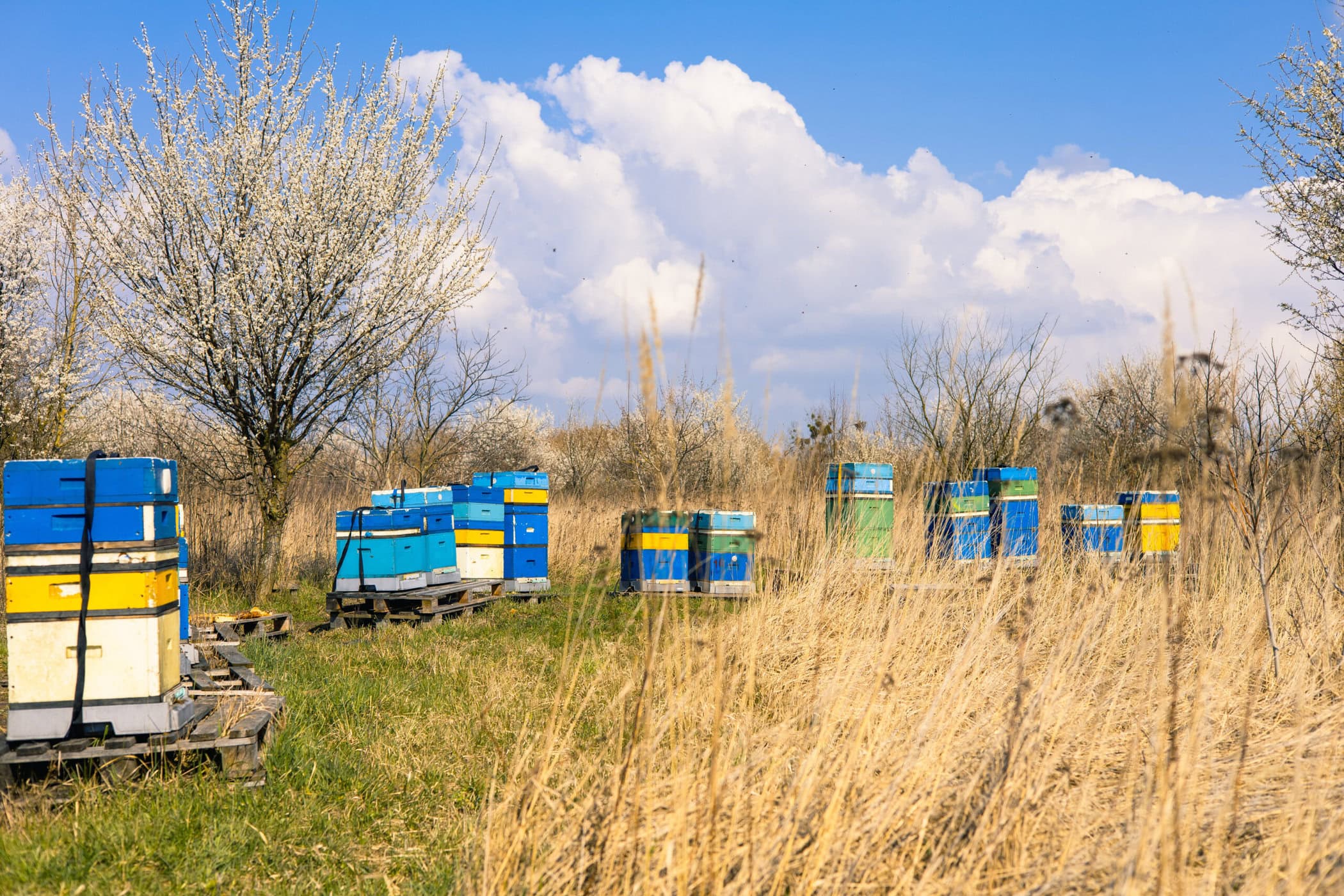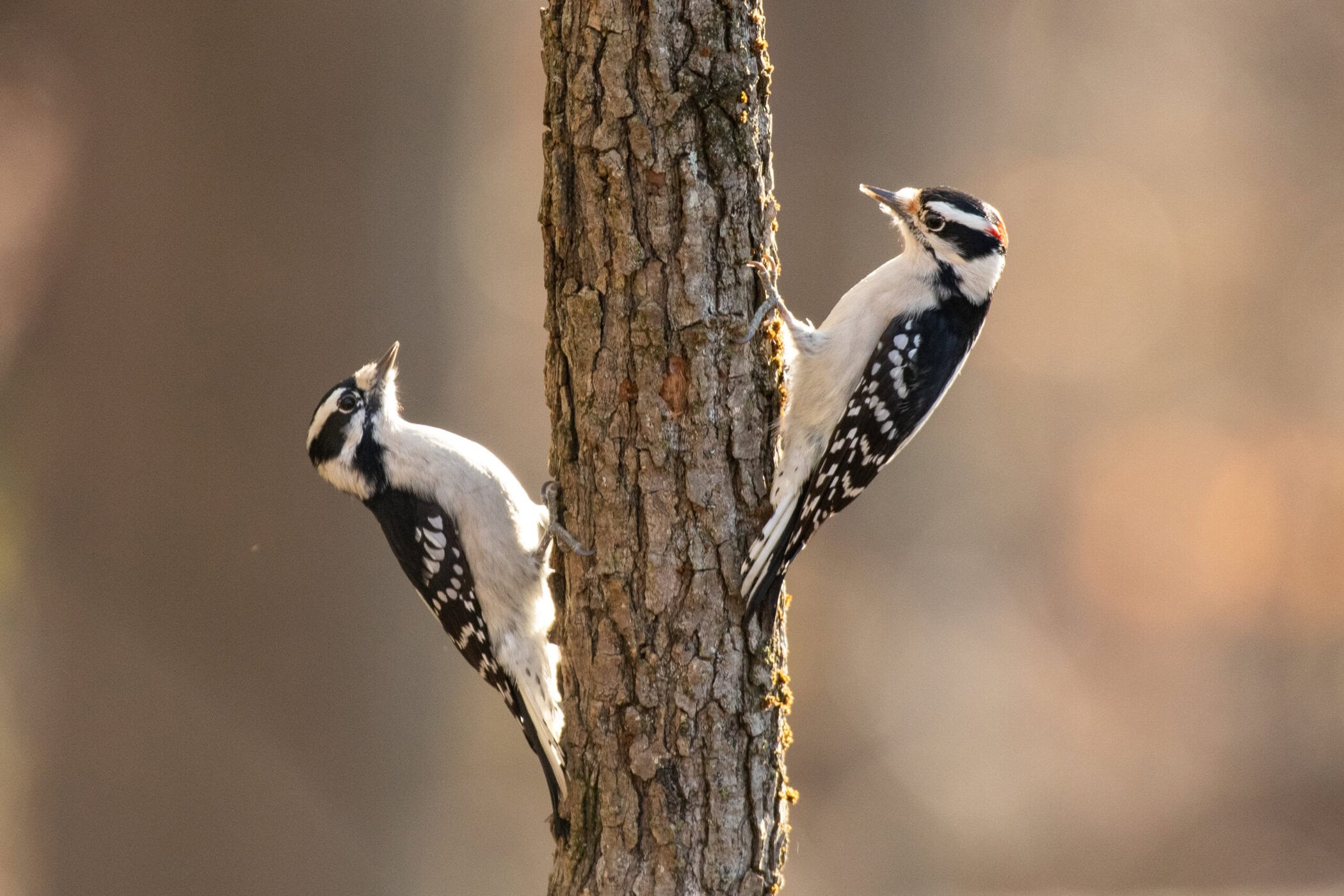Autumn is perhaps the most fruitful of seasons in the Hudson Valley, especially if you like apples.
Ulster County alone has the third-largest total of apple farm acreage in the state, according to the most recent federal agricultural census. But the valley’s crisp, sweet bounty is facing an ever-growing threat from a pernicious invasive species you’ve probably noticed more of in the past few years.
Imported like so many other insects from Asia, the brown marmorated stink bug feasts on a wide range of fruits and vegetables. The insect’s mouth parts convey nutrients from fresh produce like a straw stabbed into a milkshake.
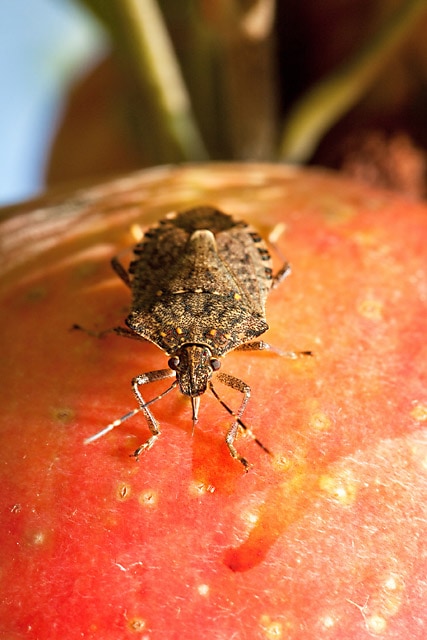
Stink bugs are particularly damaging because they feed on many different kinds of crops. For instance, they are particularly fond of jalapeño pepper plants.
First identified in Allentown, Pa., in 2001, stink bugs arrived in the mid-Hudson Valley in 2008. Now they are commonly found across the eastern United States and have been spotted as far west as Oregon and California.
Farmers often turn to chemical agents to prevent the brown splotches the bugs leave behind. But scientists are increasingly seeking to promote biological controls.
Enter the Samurai wasp, a tiny, non-stinging wasp the size of a pin head. Samurai wasps lay their eggs in the egg clusters of stink bugs. The end result is like the birth scene from the sci-fi horror film “Alien,” whereby a newborn wasp emerges from the egg of the stink bug.
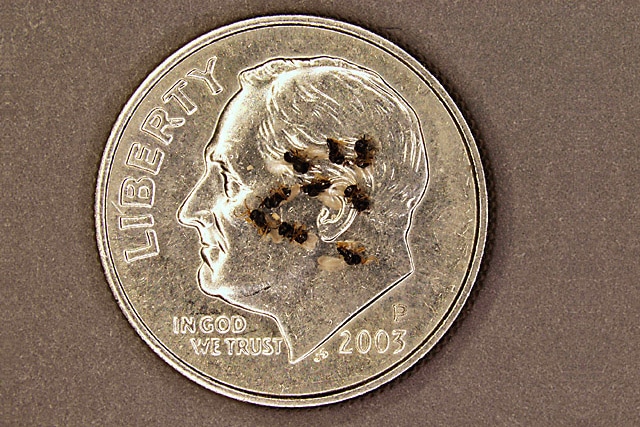
has several of the insects sitting on it. (Photo: USDA/Ashley Colavecchio)
Scientists began actively rearing the wasps in 2017. In New York, that is happening in just one place: the Hudson Valley Research Laboratory in Highland, Ulster County. The nonprofit is a cooperative partnership with Cornell University’s College of Agriculture and Life Science and the Cornell Cooperative Extension. Since 1923, its scientists have been conducting research in Highland and Poughkeepsie in support of tree fruit and vegetable growers. The lab has been at its current location, complete with experimental orchards, since 1963.
“We are taking the wasp and trying to grow as many of them as possible,” says Hudson Valley Research Laboratory Director Peter Jentsch. The lab produces between 5,000 and 8,000 brown marmorated stink bugs a year in order to rear about 6,000 wasps annually. The wasps are distributed to approximately 150 locations in the state, primarily in the Hudson Valley and around Lake Ontario.
Scientists see the Samurai wasp as a comparatively safe control agent because the insect was already established in the United States and it impacts only the eggs of two kinds of stink bugs: the damaging brown marmorated species and a native species known as the spined shoulder bug. Spined shoulder bugs are beneficial because they tend to feed on other damaging insects.
Lab tests, Jentsch says, have shown that when presented with the option of laying eggs in both types of insects, the wasps will choose the egg clusters of the brown marmorated stink bugs. The wasps will parasitize the other egg clusters only when there is no other choice.
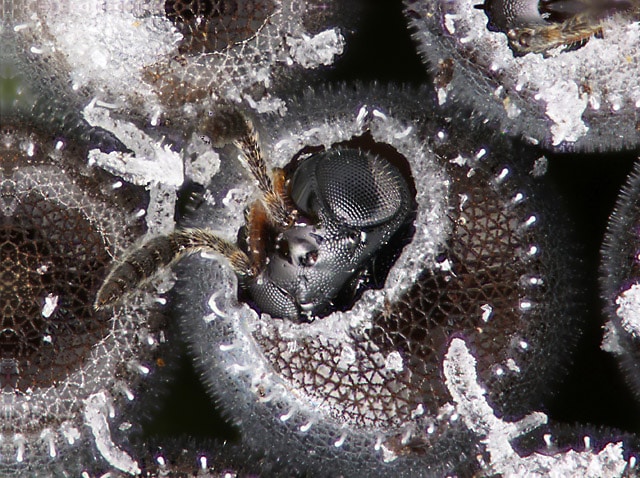
inside the egg, eating it from the inside out. (Photo: USDA/Brian T. Cutting.)
The wasp is native to eastern Asia, including China, Japan, Korea and Taiwan, where it co-evolved with the brown marmorated stink bug. Studies have shown that in its native range, the wasp is able to complete up to 10 generations per year, compared to its primary stink bug host, which completes up to two in most years in the Hudson Valley.
The wasps can lay an average of 42 eggs per female. In contrast, each stink bug female generates 28 eggs per cluster and as many as 300 eggs per female over the course of the summer, according to Jentsch.
“Samurai wasp populations will likely fluctuate widely based on the cyclic populations of stink bugs, and based on environmental factors,” Jentsch says. “Especially considering the wasp exists almost exclusively by sustaining its reproduction success on the presence of stink bug eggs.”
Biocontrols are not without risk. Infestations of ravenous ladybugs across the country can be traced back to a 1970s USDA program that imported an Asian species to counteract aphids that were devouring pecan trees. Cane toads introduced in Australia in 1935 to control beetles destroying sugarcane crops also poison the predators that eat them.
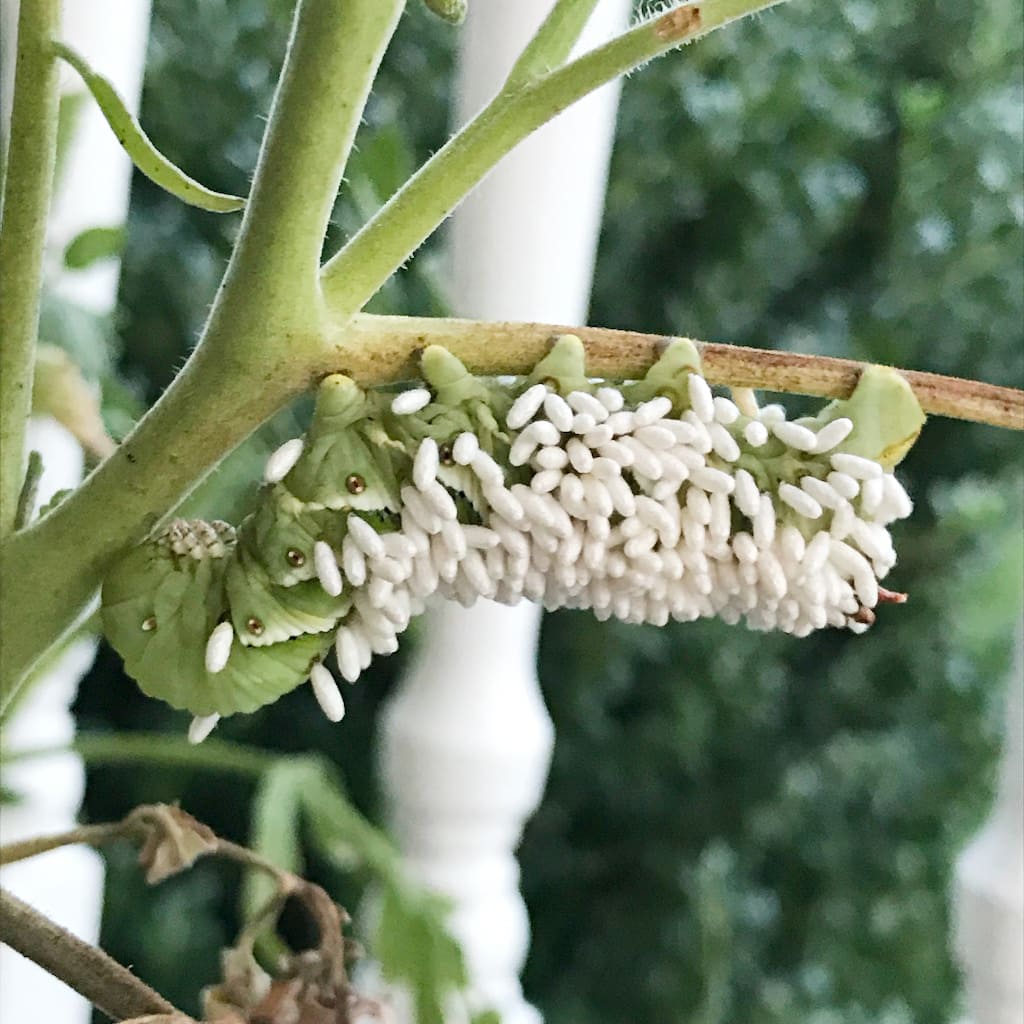
wasps are another type of parasitic wasp that help manage the tomato pest.
(Photo: Jo-Anne Asuncion)
“Basically, there are two things that can go wrong with classical biocontrol,” says Erik Kiviat, executive director of the Annandale-based Hudsonia Ltd., a nonprofit institute for environmental sciences research, education, and technical assistance. “One is that it doesn’t work or doesn’t exert the kind of control over the pest that is desired. The second is that the control organism can harm non-target species.”
And yet, a Swiss biologist was awarded the 1995 World Food Prize for leading a 1980s project that used another wasp to counteract the cassava mealybug, which was devastating crops in Africa. An estimated 20 million lives were saved. And an ongoing project led by researchers at the Cary Institute of Ecosystem Studies in Millbrook is examining, in part, whether a strain of a native fungus harmful to ticks (but not people or pets) can reduce incidences of Lyme disease.
Kiviat stresses that he does not oppose the use of biocontrols — like many scientists, he simply urges that caution and care be taken. “When managing anything in nature, you have to know what your goals are,” Kiviat says. “You have to understand the biology of the pest and of the other organisms that interact with it.”
Jentsch argues that when weighed against spraying insecticides, the wasps provide a safer alternative. “On its own, over time, [the wasp] would likely spread,” he says. “I’m just moving it along faster. And in my opinion, I would rather try to reduce the residue at the end of the season on food that people eat, than worry too much about a beneficial [insect] that might — and it’s a big ‘might’ — be impacted by the Samurai wasp.”


